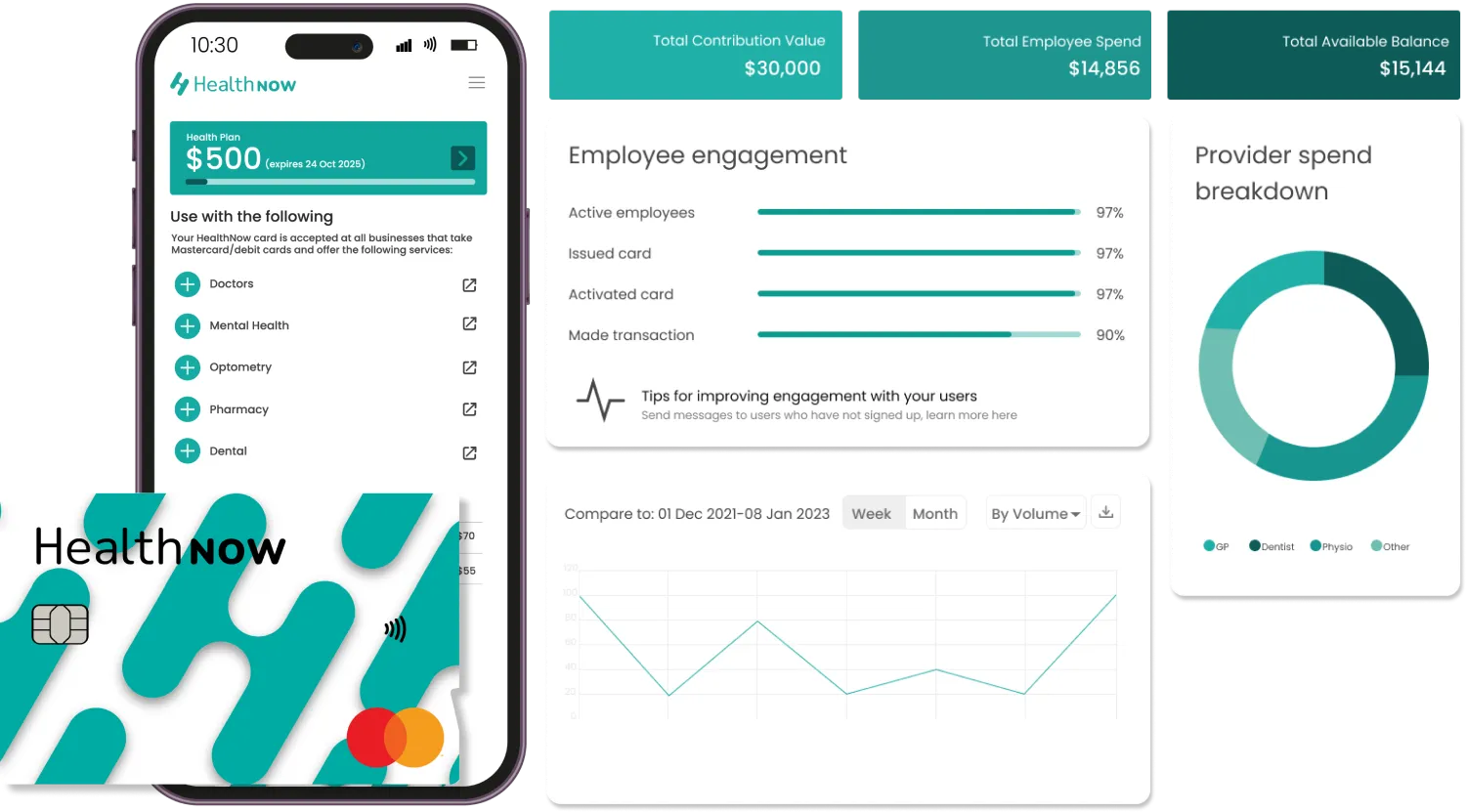With the hours spent in front of a screen on the rise among both adults and children, it’s no surprise that many employers are finding that their employees are suffering the consequences, having their eyes growing blurry as they stare at their desktop for the 6th hour in a row, squinting down at documents at a meeting, or not being able to make out words on the whiteboard at a relatively close distance during a boardroom meeting.
If this is the case, your team may have what optometrists describe as hyperopia, better known as far-sightedness.
Far-sightedness is a type of refractive error, which means that the light entering the eye doesn’t focus properly. This may mean it’s easy to see objects that are further away like street signs when driving, but much more difficult to see the words on the book or computer in front of you. Approximately one in ten people currently suffer from farsightedness.
What Is Myopia Or Far-Sightedness?
In farsightedness, the eyeball is either shorter than normal, or the cornea (which is the clear front surface of the eye) has a flatter shape than usual. This causes light rays to focus behind the retina instead of directly on it, resulting in a blurry image for objects that are up close.
To understand this process in more detail, here’s what happens when light enters a farsighted eye:
- Light enters the eye through the cornea, which bends or refracts the light as it passes through.
- The light then passes through the pupil, which is the black circular opening in the centre of the coloured part of the eye (iris).
- The lens inside the eye further refracts the light and fine-tunes its focus.
- The light then reaches the retina, which is a thin layer of tissue that lines the back of the eye. The retina contains light-sensitive cells called rods and cones that convert the light into electrical signals.
- In a normal eye, these signals are sent to the brain through the optic nerve, which processes them into a clear image. But in a farsighted eye, the light converges behind the retina, resulting in a blurry image of nearby objects.
People with farsightedness may experience symptoms such as eyestrain, headaches, and difficulty seeing up close. Farsightedness can be corrected with corrective lenses or refractive surgery, which help to properly focus the light onto the retina, allowing for clear vision.
Causes And Risk Factors For Far-Sightedness
The exact cause of farsightedness is not well understood, but it is believed to be related to a combination of genetic and environmental factors. Some of the known causes and risk factors for farsightedness include:
- Genetics: farsightedness tends to run in families, suggesting a genetic component to the condition.
- Eye shape: people with a shorter eyeball or a flatter cornea than normal may be more likely to develop farsightedness.
- Age: farsightedness can develop as the eye ages and loses some of its ability to focus.
- Other medical conditions: Certain medical conditions, such as diabetes, can increase the risk of developing farsightedness.
- Eye surgeries: some eye surgeries, such as cataract surgery, can increase the risk of developing farsightedness.
- Environmental factors: some studies suggest that prolonged use of digital devices and close-up work may increase the risk of farsightedness.
Far-Sightedness Treatment
The most common treatments for far-sightedness are eyeglasses or contact lenses, which can make up for the abnormal shape of your cornea or lens. After conducting a painless comprehensive eye exam, your optometrist can prescribe and fit the right lenses to help you see as clearly as possible. The strength of your lenses will depend on how far you can see clearly, and depending on your test results, you may need to wear corrective lenses all the time or only during certain activities, such as when reading or working at your computer.
In some cases, people may wish to undertake laser eye surgery to correct far-sightedness. If you have concerns about your vision, the first step is always to make an appointment to see your local optometrist who can assess your eye health and visual acuity with a comprehensive eye exam. From there, optometrists can manage a wide range of eye and vision concerns and can refer you to a recommended ophthalmologist if needed to address serious eye concerns or discuss surgical options.
Supporting Your Staff To Access An Optometrist
With vision disturbances having the potential to greatly interfere with a person’s productive capacity in the workplace, one of the ways that many businesses are enabling their employees to get the optometry care and services (like glasses) that they need is by contributing to their employee’s digital health wallets via an employer aid program.
Employer aid is a fantastic, proactive and much-appreciated way to support all aspects of your employee’s health. It is available through the free and secure HealthNow platform, where payments to your employee’s health wallets can be automatically made monthly or at a frequency and dollar value that you choose. Employees can then spend these funds on any health services that are affiliated with HealthNow, whether that be eye assessments, glasses, contact lenses or something in a different healthcare field, like hearing or neck pain. Many businesses are choosing to opt for employer aid instead of private health insurance payments, which often come with strict criteria, exclusions, and pre-existing condition limitations, and that rolls over and is ‘lost’ if it’s not used within a calendar year.
With HealthNow’s employer aid payments, your team can access the care they need, when they need it – taking a proactive healthcare approach before ongoing problems impact their work performance.
HealthNow provides updates on your impact to help you measure the value of employer aid within your company. Your contributions are not subject to the Fringe Benefits Tax, are free for your employees to use (they even get a free $10 credit with their free sign-up), and HealthNow has an ever-growing trusted network of medical providers to keep your staff healthy and happy.
To get started, register your company’s interest via this contact form and a HealthNow team member will get back to you promptly.







